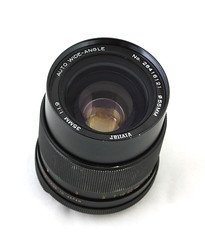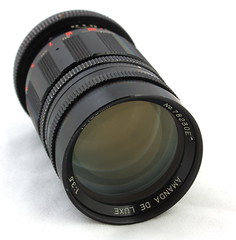
I bought my Canon IXUS 60 from Zürich during summer 2006. It was my first digital camera and it served well until 2008 when I bought Canon 450D. After that it has been left mostly unused and that is a shame.
Then I got to know about the CHDK project and saw some exciting new uses for the old IXUS. This Canon Hack Development Kit extends your camera and it allows to run simple applications on it. One example is time lapse photography and, actually, that got me interested.
Installation was quite simple on OS X with scripted CHDK Mac Installer. The only problem was to choose the right version as there are two for IXUS 60/SD600 but with trial and error I got it working. That might sound risky but the installation is done on the memory card so nothing is changed permanently on the camera. For me the right one was 1.00a instead of 1.00d.
The camera starts now from the software on the memory card and it displays CHDK splash screen at the startup. The normal CHDK comes with many new options but for time lapse photography it requires a script. I chose Ultra Intervalometer and so far I have been happy with it. I was a bit worried how long the old battery would last but I managed to take couple hundred shots with one minute intervals. The important power saving trick is to set the LCD screen go off as soon as possible.

I have made couple time lapse videos but they are not suitable for public as they show our messy living room. The plan is to make something better and upload it to vimeo or youtube. Meanwhile, I recommend you take a look at the CHDK project page in case your camera is supported.



